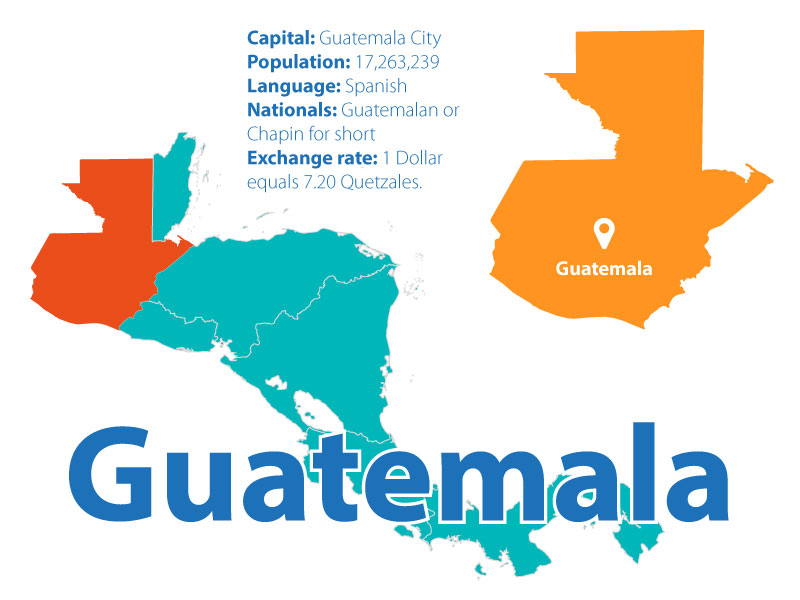Guatemala is the biggest country in Central America. Unfortunately, it also sets a record by having one of the highest disparities between rich and poor as well as one of the highest poverty levels worldwide, with 54% of the population living below the poverty line in 2006 and 54% in 2011.
According to USAID, Guatemala has the fourth highest rate of chronic malnutrition in the world, and a large prevalence of diabetes and heart disease. Despite the urgent need, it is estimated that basic health services meet less than half of the rural population needs.
As a result of the lack of pre-natal care, the proportion of maternal mortality is 113 deaths per 100,000 live births. The lack of effective referral systems also limit the efficiency and effectiveness of the health system, and presents an important barrier to effective care in emergency situations.
Ready to save precious lives? Volunteer in Guatemala and join our team! Contact us today.

